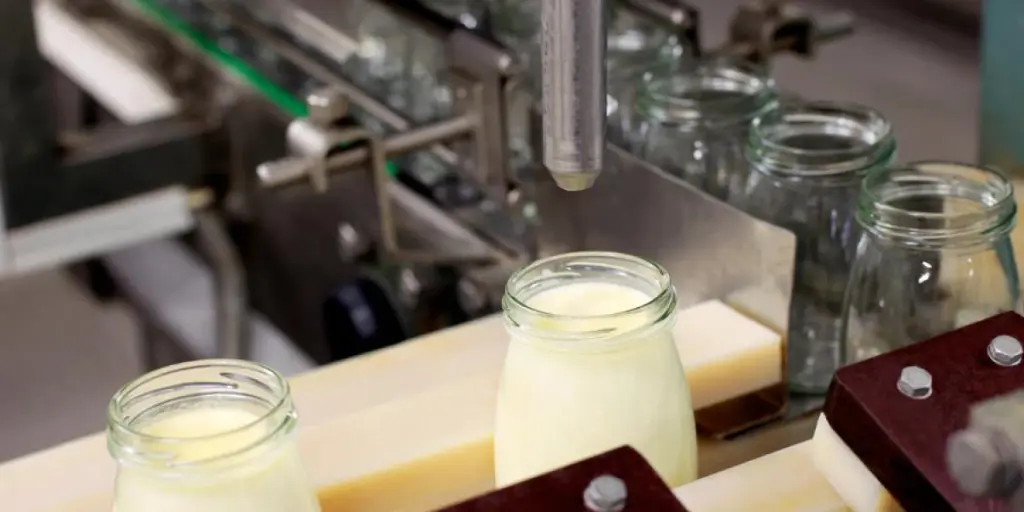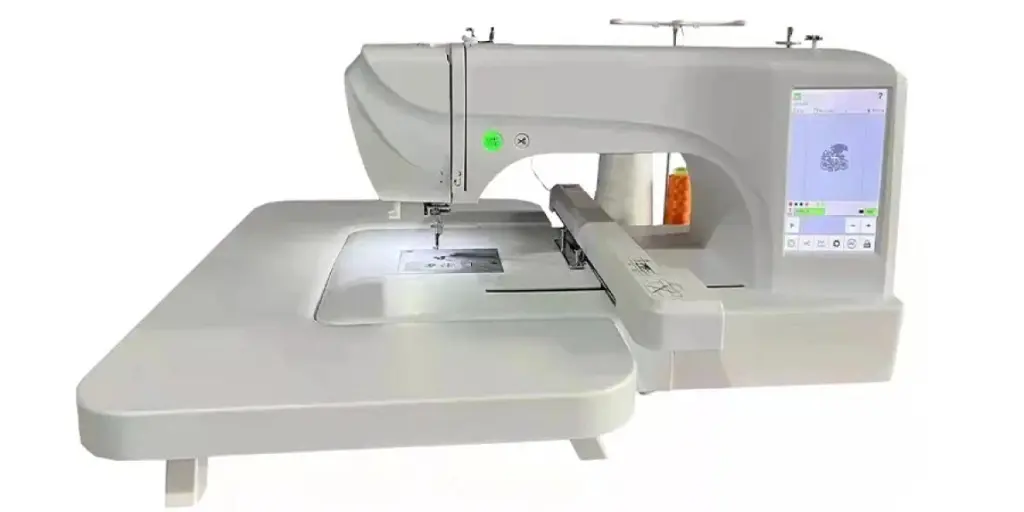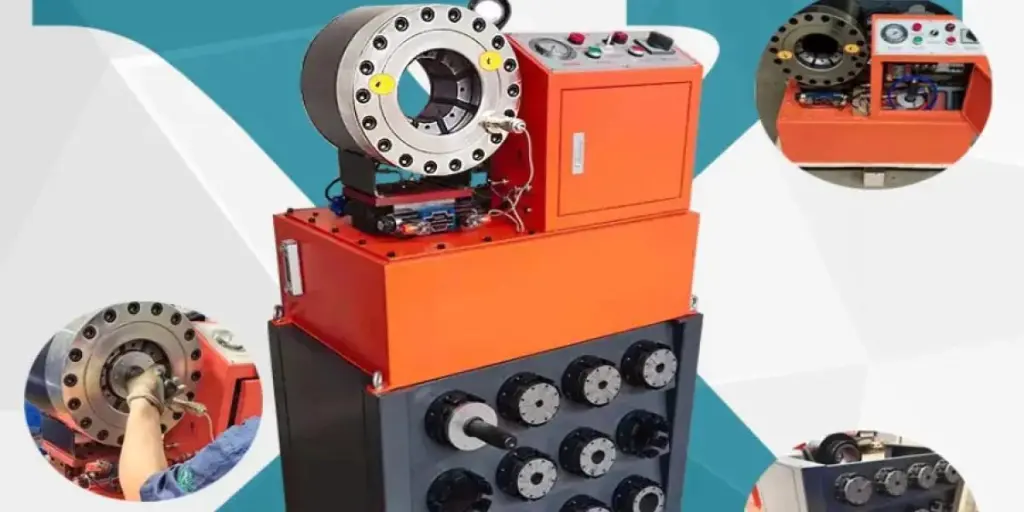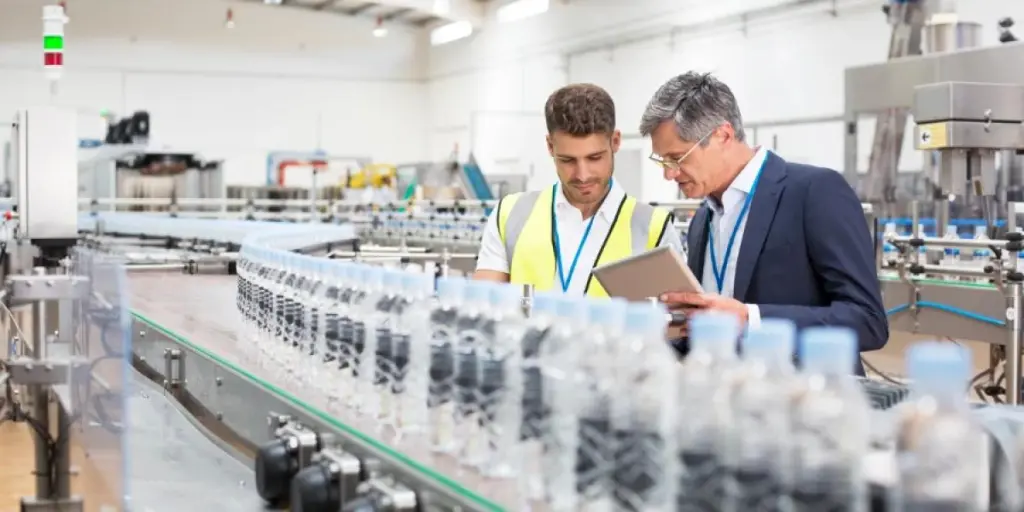Businesses can beat the competition without compromising on dairy product quality. And that is possible by investing in quality processing equipment. However, a challenge most dairy firms face today is determining the dairy processing equipment.
Finding the right machinery for milk processing should be easy. This article will discuss selection tips and the different types of dairy processing equipment to help businesses identify what suits their needs best.
Table of Contents
Global market overview of dairy processing equipment
Selections tips for dairy processing equipment
Types of dairy processing equipment
Conclusion
Global market overview of dairy processing equipment
The global dairy processing equipment market is valued at US$ 10.82 billion in 2023. Growing at a CAGR of 6.1%, the market size is projected to rise to US$ 13.71 billion by 2026.
The growth of the dairy processing industry’s market has risen due to a surge in worldwide dairy consumption. Additionally, the need for ultra-filtered organic milk and the increased attention of people to their health also contribute to the growth of the dairy processing equipment market.
With more people consuming more milk products, dairy plants invest a lot of money into durable milk processing equipment to make healthy milk.
Selection tips for dairy processing equipment
Productivity
The productivity rate of dairy processing equipment is crucial for any business looking to buy reliable machinery for sale. For the machines to have a high productivity rate, they should excel in these critical areas: equipment efficiency, speed, user-friendliness, and energy consumption.
Proficiency refers to the degree of execution of the machine. Machines with high proficiency result in more finished products.
Regarding the equipment speed, a machine should take less time to complete tasks when compared to manual labour. The less time the machine takes, the more productive it is.
Automated dairy processing equipment is also faster than manually operated machines. Stocking computerized machines ensures a boost in the productivity rate in the diary processing procedures.
User-friendliness refers to how easy it is for humans to interact with machines. Easy-to-use equipment ensures productivity by saving time for the workers operating the machines.
Finally, the machines should be energy efficient. By saving power, the machines encourage the high production of milk products and by-products.
Applicable material
When looking for dairy processing equipment, businesses should note the compatibility of the materials with milk properties. There are a lot of differences in milk properties, including the milk fat content and the thickness of dairy products. Reliable milk equipment should support different characteristics of milk products.
Additionally, the end product of milk processing should help businesses determine what machines are applicable. For example, not all dairy equipment is applicable for the processing of different products such as cheese, milk, or yogurt.
The machines could also have notable features, including cutting tools or adjustable controls, which are absent in other machines.
Therefore, businesses must acquire dairy machinery to suit customers who produce specific milk products or appropriately process milk with high- or low-fat content.
Final product
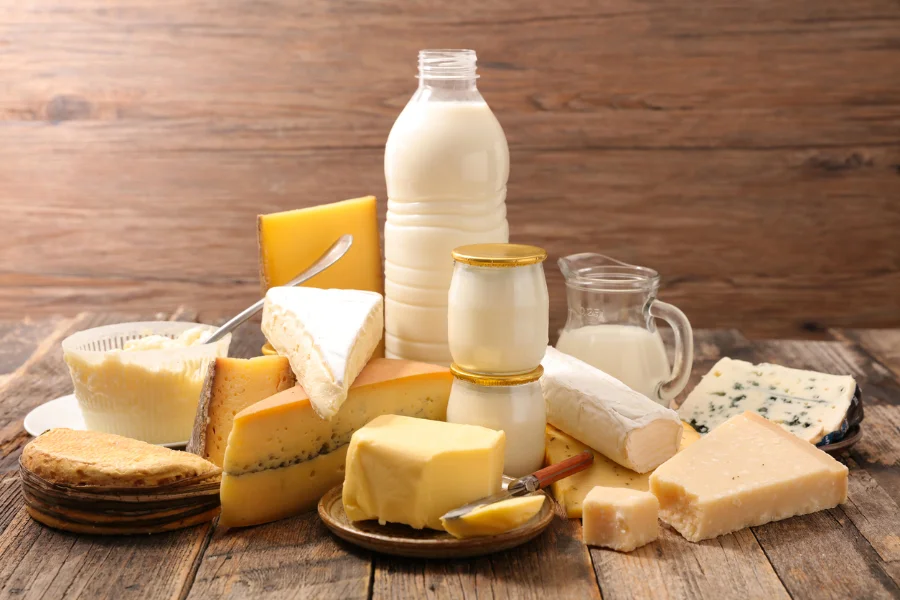
Noting the final product is vital for buyers purchasing a dairy processing machine. This is because different milk processing machines in the market handle specific products. Therefore, businesses acquiring the machine should first know what product their customers are producing. It will then guide them on what equipment to acquire based on their consumers.
For instance, if their customers are cheese producers, a curd vat is a piece of equipment they should stock. The same applies to customers dealing with milk and yogurt by acquiring homogenisers and fermenters.
Capacity
The capacity of the dairy processor is crucial for businesses investing in the best equipment. This is the amount the dairy processing equipment can hold during or after the operation—for instance, the quantity in litres a milk tank can support in litres.
Sellers should acquire machines with the capacity of processing large amounts of milk if they target large-scale dairy businesses. If the buyers have small-scale customers, finding equipment with a lower capacity will be appropriate.
Types of dairy processing equipment
Homogenizer
A homogenizer checks and improves the different textures and the taste of dairy products. It works by pressing the milk through small holes. A homogenizer is usually used when the milk is from different cows; hence the need to ensure it is consistent.
Pros
– Homogenizing milk ensures the freshness of milk lasts a long time.
– It improves the taste and color of dairy products.
Cons
– Homogenized milk has a low nutrient value.
Milk separator
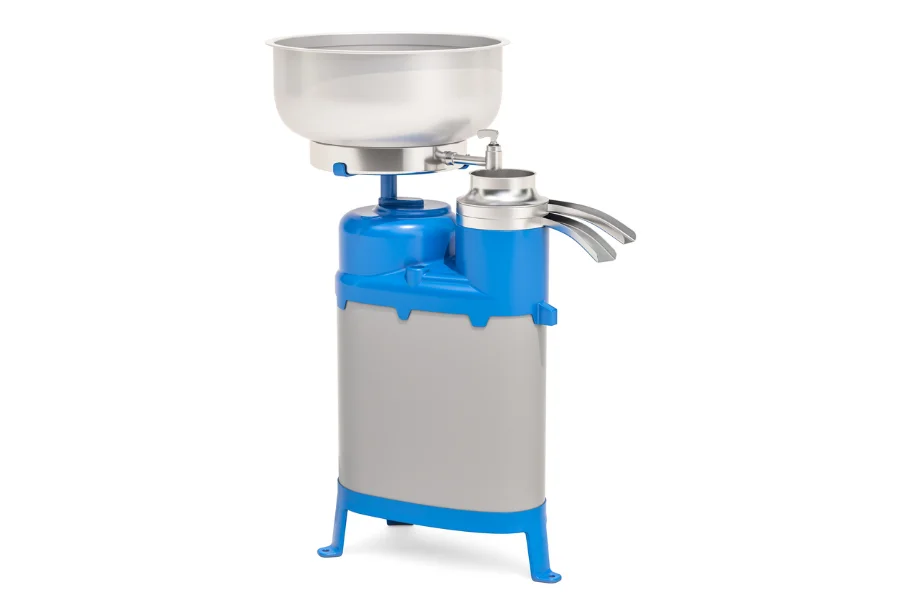
A milk separator equipment, also known as a cream separator, is a machine that divides fat from milk. The result is two products that are cream and milk, with a low percentage of fat.
Pros
– The separation process is efficient.
– It can be used for a variety of dairy products.
– It reduces the risk of milk contamination.
Cons
– It is labor-intensive.
Pasteurizer
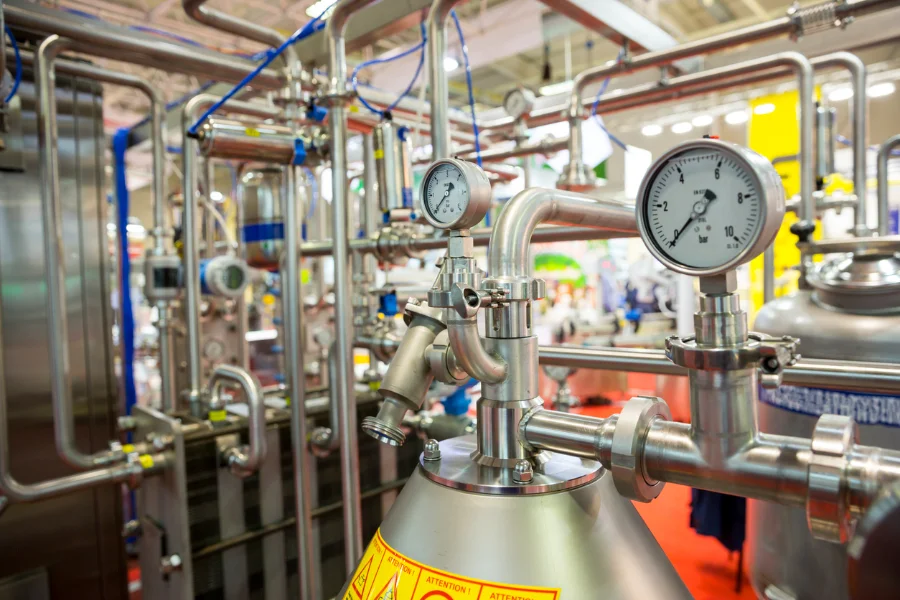
A pasteurizer is a dairy processing equipment used to heat the milk in a process called pasteurization (treating food with mild heat). A pasteurizer heats the milk, keeping it at a set temperature for a set period while stirring it. It then cools the milk so that it may be stored or processed. Mostly it is heated to around 75°C for at least 15 seconds.
Pasteurizers, through heat, kill harmful bacteria while reducing enzymatic activity in milk, ensuring it is safe for consumption.
Pros
– It makes milk safe for human consumption.
– It provides a long shelf life for milk.
Cons
– It lowers the nutrient value of milk.
Milk tanks
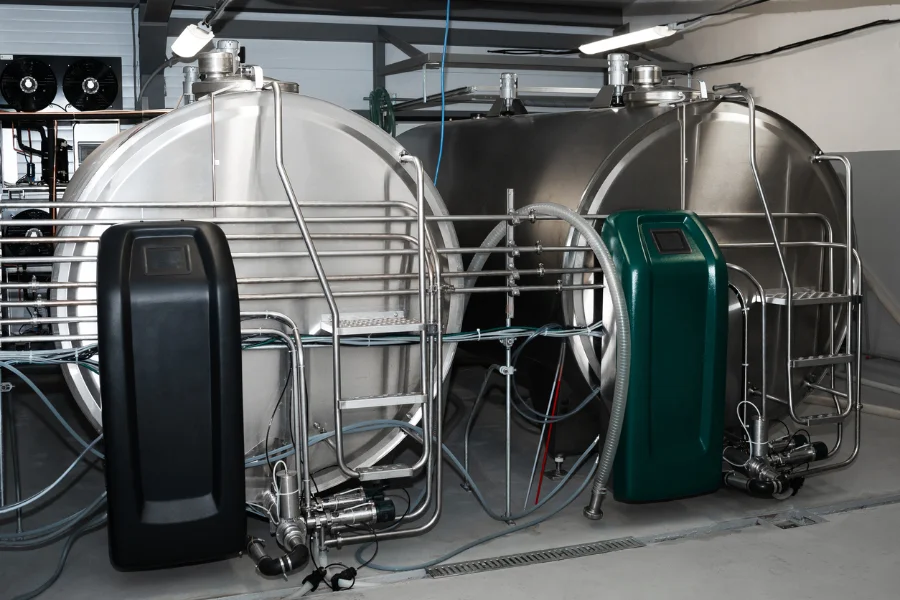
Milk tanks store and receive raw milk, cream, and skimmed milk for further processing, such as mixing milk with ingredients or cooling milk. They ensure that dairy products are fresh for a long time as they are cleaned. They also guarantee the safety of the products from contamination.
Pros
– They ensure milk is safe before processing.
– They provide a long shelf life for milk.
– They have a large capacity and hence can handle large dairy processing.
Cons
– They require a large space for setup.
– They have complex maintenance requirements.
– They are heavy and large, offering limited mobility.
Conclusion
Finding the right dairy processing equipment should be simple for businesses. This guide provides everything businesses should know about how to select suitable machinery.
You may also be interested in reading the article “Essential Farm and Agricultural Machinery Trends for 2022.”
